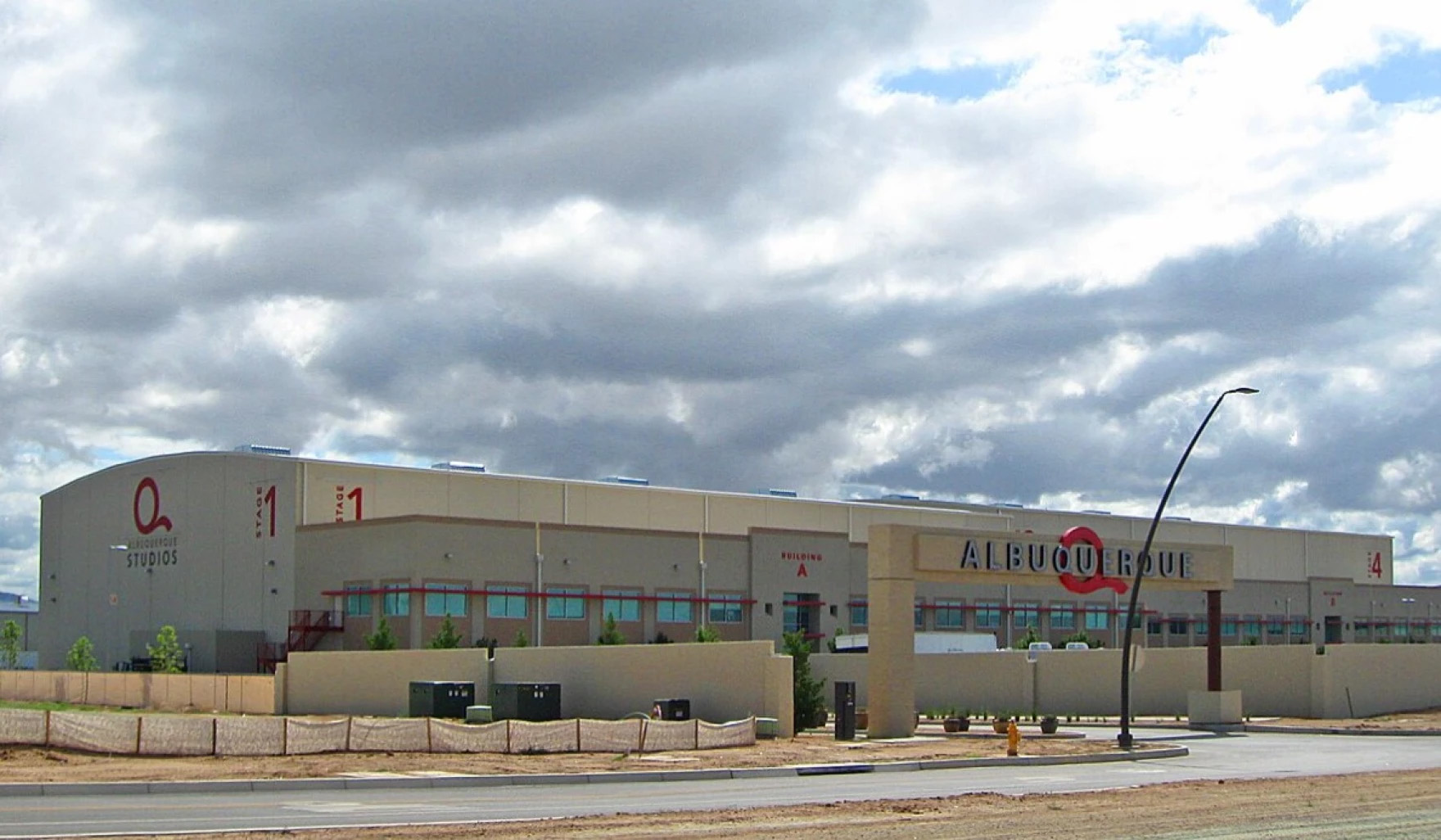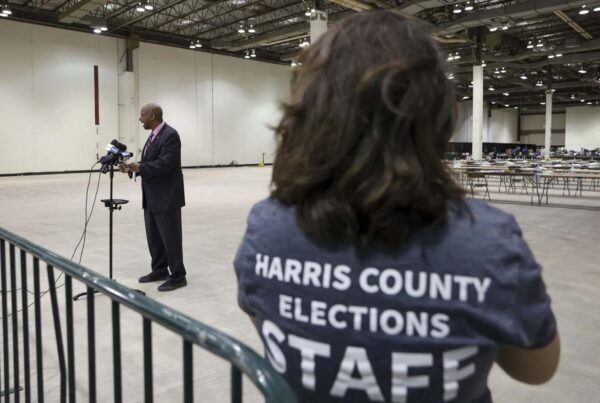From KERA News:
Editor’s note: This story is part of an ongoing series for Arts Access examining the health and well-being of our North Texas arts economy.
The Texas State Legislature recently boosted the state’s media incentive program for the next two years to $200 million.
That may not seem like much when lawmakers had surplus billions to work with. But it’s more than enough to re-ignite talk of a brighter future for Texas filmmakers and imported location shoots.
Red Sanders is a Fort Worth film producer: “We’ll be able to see consistent work coming to Texas and even more because the word’s already getting out in the industry that it’s a new day in Texas.”
There’s talk of a “new day” partly because, in 2015, a Republican-led legislature slashed Texas film incentives by two-thirds, down to $32 million (and later down to $22 million). But this summer, the Texas legislature — still led by Republicans — gave that same program the biggest raise it’s ever had. At least for the next two years.
So — how’d that happen?
“A lot of legislators in the past,” Sanders said, “they would just literally vote down incentives just for the talking point of, ‘I cut handouts for Hollywood!’ But — that’s not how it works.”
Texas incentives are like rebates – producers earn them
In 2017, Matt Shaheen, whose district includes West Plano and Far North Dallas, wanted to eliminate the program entirely. He cited the sexual assault charges against Harvey Weinstein as a reason not to subsidize such an industry with tax money. Others were motivated by anger over the violent and satiric film, “Machete Kills,” which was made in Texas but ultimately lost its $8 million of state incentives in court.
In addition to creating his own productions, Sanders is executive director of the Fort Worth Film Commission, which works to bring in outside film efforts. He said getting Texas politicians to increase the state program involved educating them about how such incentives actually work.
“That’s all it was, was educating members,” agreed Craig Goldman, “educating representatives, educating budget writers about the benefit of bringing productions into Texas.”
Goldman, a Republican state representative from Fort Worth, authored several of the film incentive bills. And to get the entire budget increase passed, he worked with others including Sanders, Fort Worth Mayor Mattie Parker and the office of Governor Greg Abbott.



















